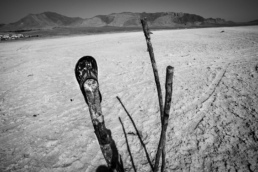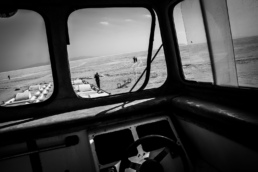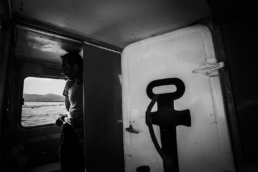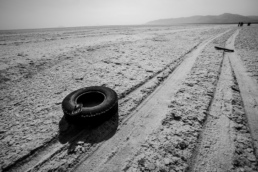Urmia Lake
Project Location | Middle East, Iran, Urmia
Production Date | 2014-10-15
In the late 1990’s, Lake Urmia, in north-western Iran, was twice as large as Luxembourg and the largest salt-water lake in the Middle East. Since then it has shrunk substantially, and was sliced in half in 2008, with consequences uncertain to this day, by a 15-km causeway designed to shorten the travel time between the cities of Urmia and Tabriz. Desiccation will increase the frequency of salt storms that sweep across the exposed lakebed, diminishing the productivity of surrounding agricultural lands and encouraging farmers to move away. Poor air, land, and water quality all have serious health effects including respiratory and eye diseases.
Given the far-reaching socio-economic effects, and human health impacts that may extend beyond Iran’s borders, Lake Urmia’s collapse requires active involvement of international organizations that can provide expertise and financial resources, even if their efforts to help are complicated by sanctions blocking financial transactions. These include UNESCO, the United Nations Development Programme (UNDP), the Global Environment Facility (GEF), the World Bank, World Climate Research Programme (WCRP), European Commission Joint Research Centre (JRC) and World Health Organization (WHO).





